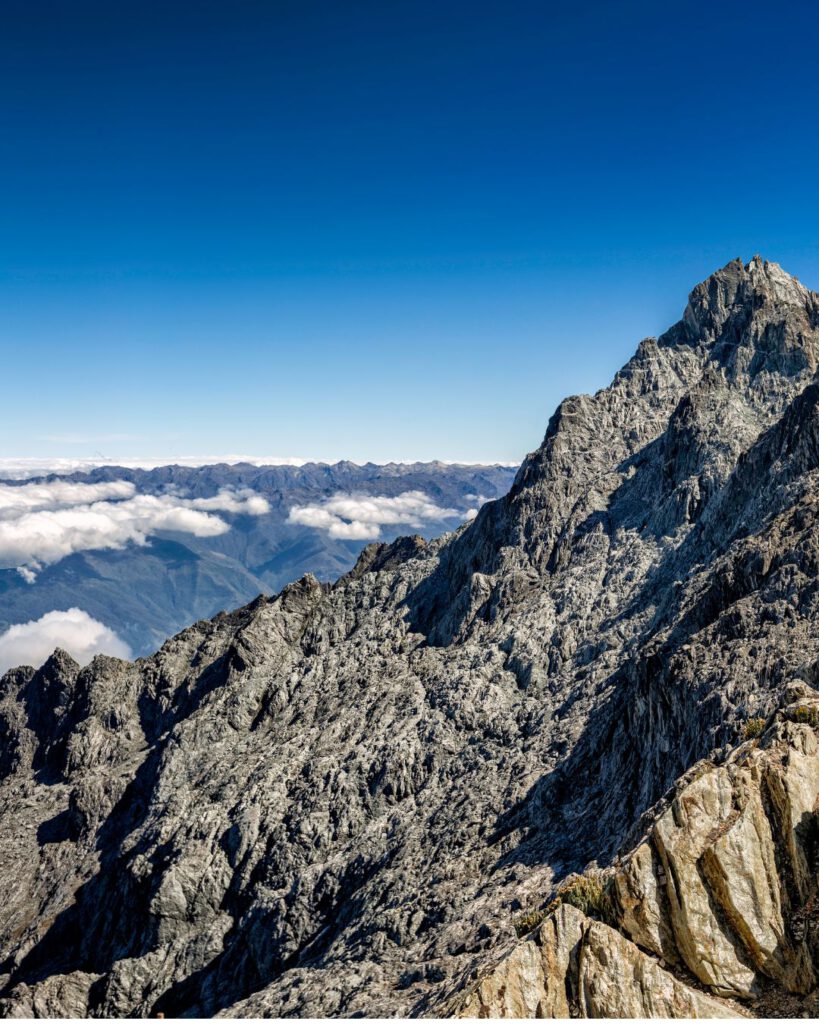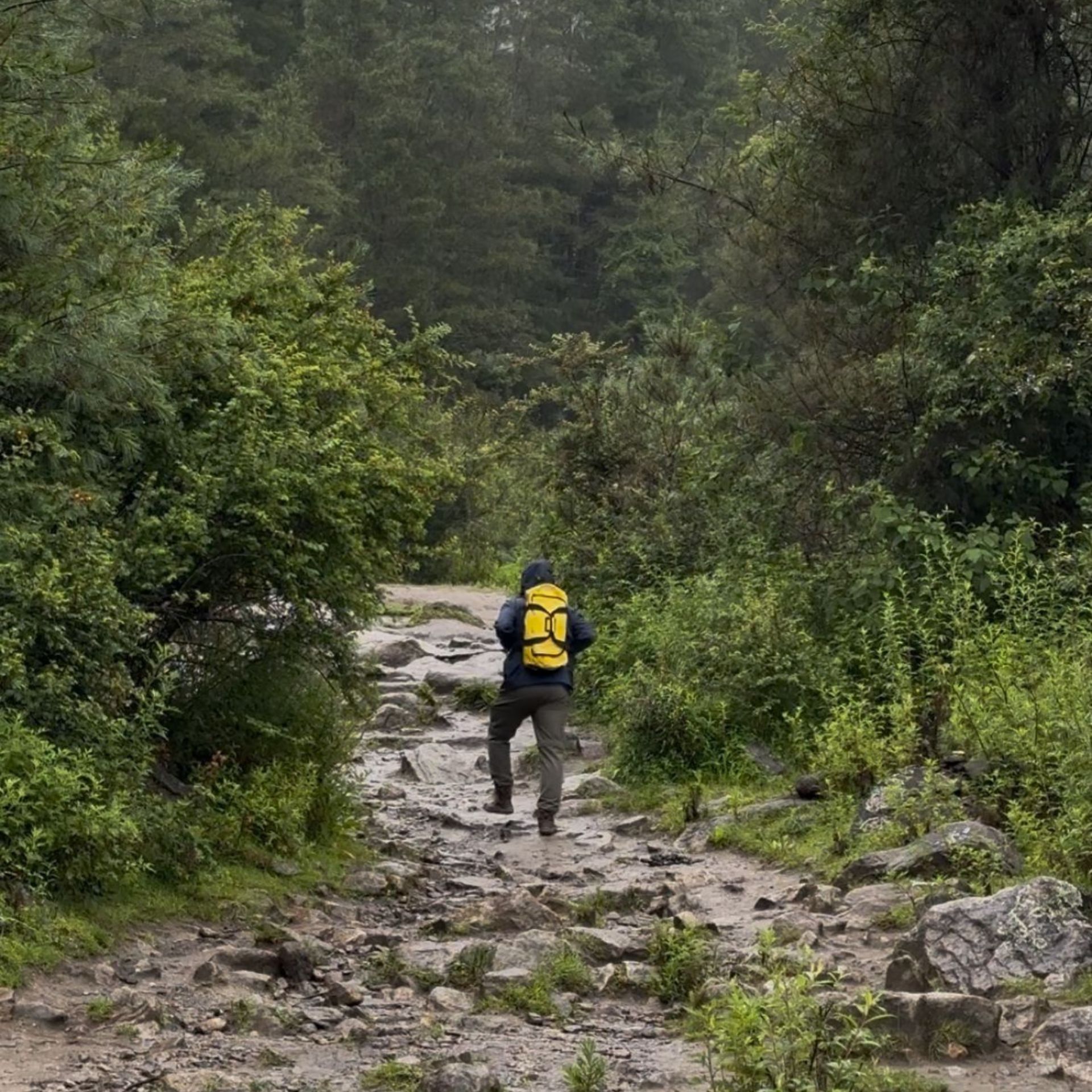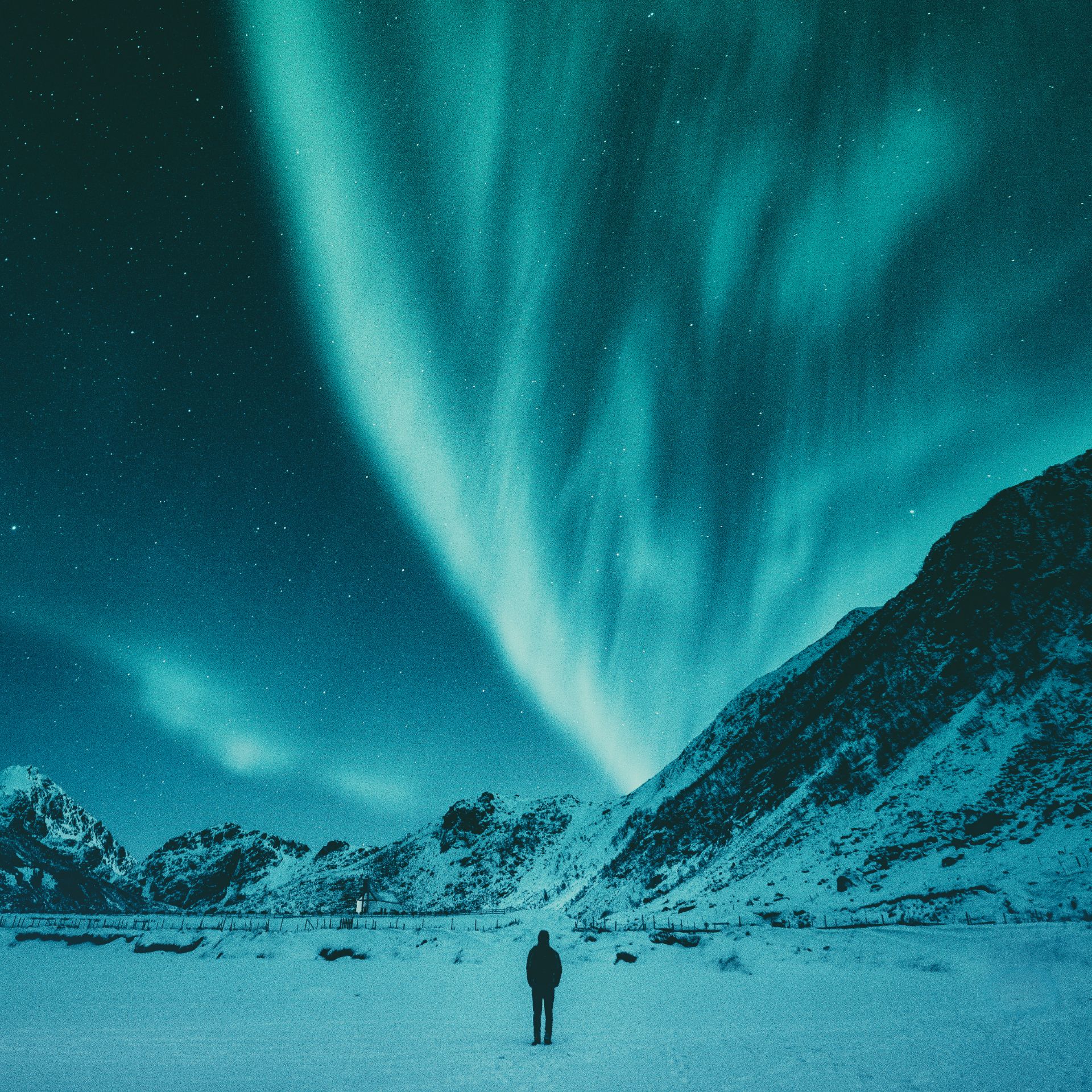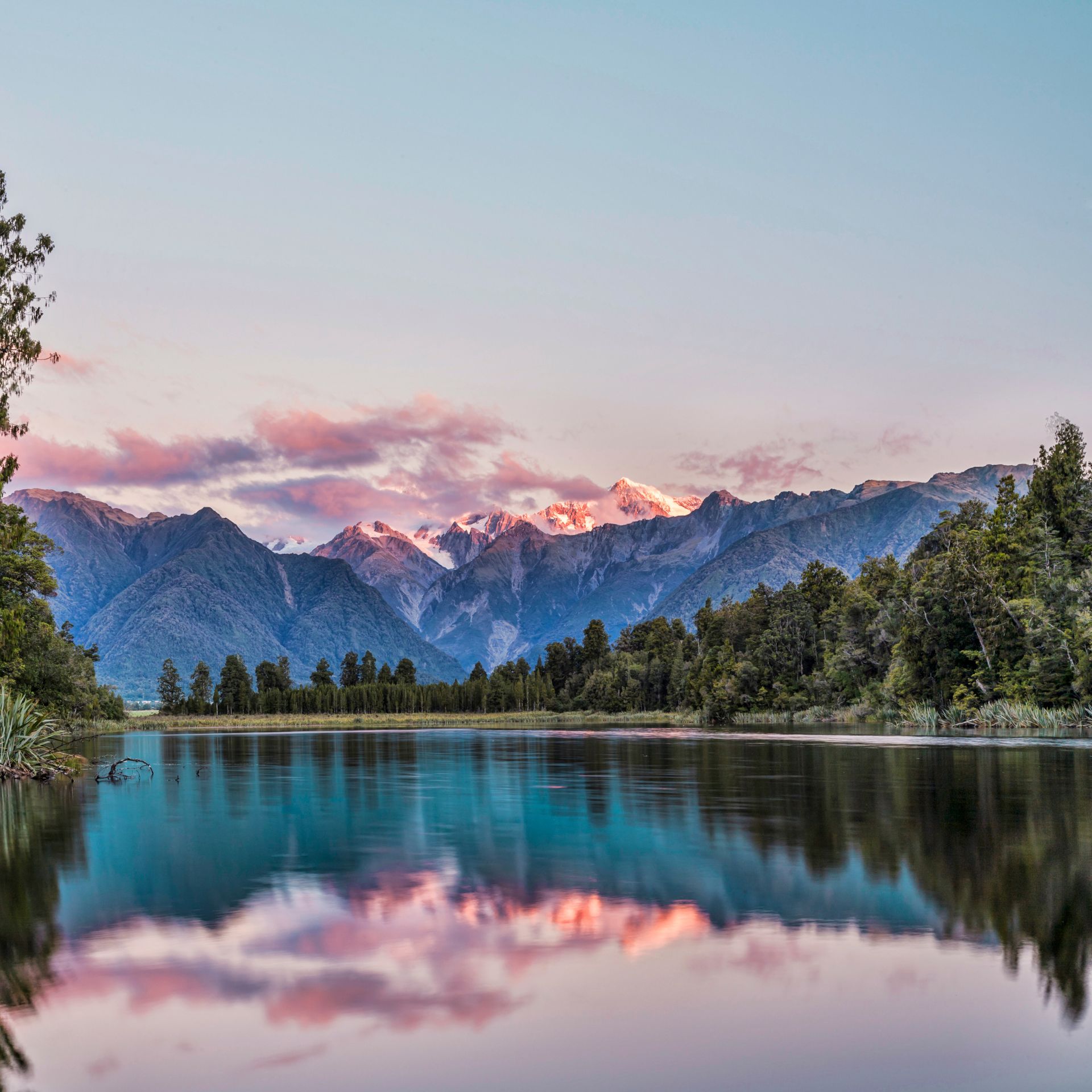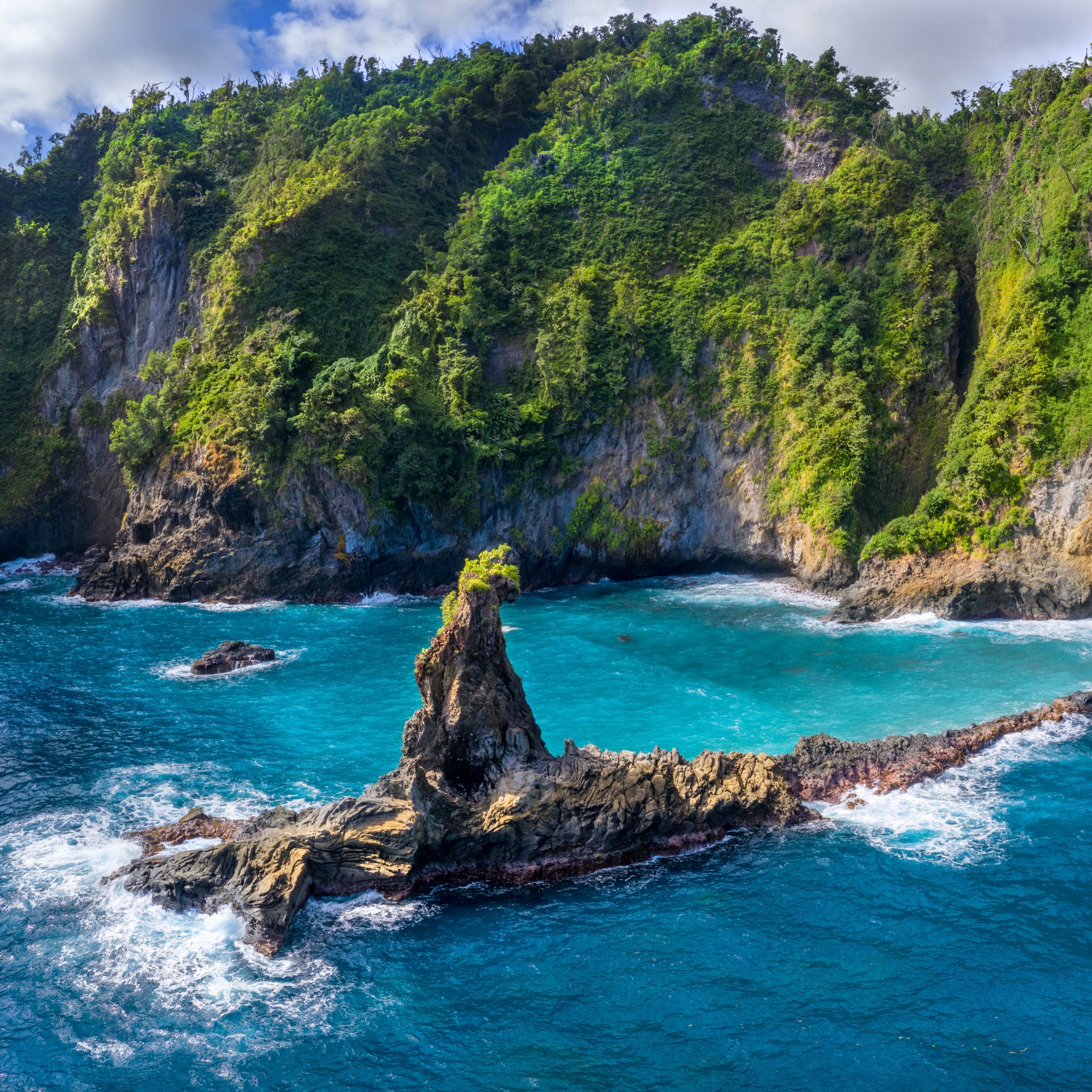Pico Humboldt in Venezuela is set to lose its glacier, marking the first country in South America, where all glaciers completely vanished.
As I exited the highest funicular in the world at 4765 meters and stood at the base of Pico Bolívar, the highest peak in Venezuela, I marveled at the unique and pristine beauty of these snowy summits. They represent nature untouched by the scars of civilization. Here, there are no cities, no cars, no traces of modern life—just nature in its purest form.
This made it all the more dissapointing to realize that while modern life may not be physically present, its effects are profoundly felt. The once-majestic ice cap atop the peak is gone. In 2012 its glacier completely dissapeared, and by 2024 it is expected that Venezuela’s last glacier at the top of nearby Pico Humboldt is completely gone.
This significant loss represents more than just the disappearance of a glacier; it marks a critical moment in our environmental history that highlights the severe consequences of climate change.
I spoke with Eliecer Vallecillos, a mountain guide and alpinist in Venezuela who is working on a project called “The Last Glacier” with several organizations. He explained the long-term consequences of this issue and how it is just the beginning of a chain of events that could forever alter the highest peaks in the world
Most photos supported by Encanta Montana Venezuela

The History of the Glaciers of Pico Bolívar and Pico Humboldt
Located in the Andes Mountains, Pico Bolívar stands at 4,978 meters (16,332 feet) above sea level. Its glacier, though relatively small, has been a vital part of the mountain’s ecosystem and a symbol of the region’s natural heritage. For centuries, the glacier has provided a unique microclimate, supporting diverse flora and fauna and serving as a critical water source for local communities.
Historical records and local legends speak of the glacier’s grandeur. Climbers and explorers who ventured to Pico Bolívar’s and Pico Humboldt’s summits were met with the inspiring sight of the ice cap, shimmering in the tropical sun. However, in recent decades, this once-robust glacier has receded dramatically. According to a National Geographic article, the ice area has diminished by over 95% since the early 20th century, leaving only isolated patches of ice.
Read more: How Money Works in Venezuela
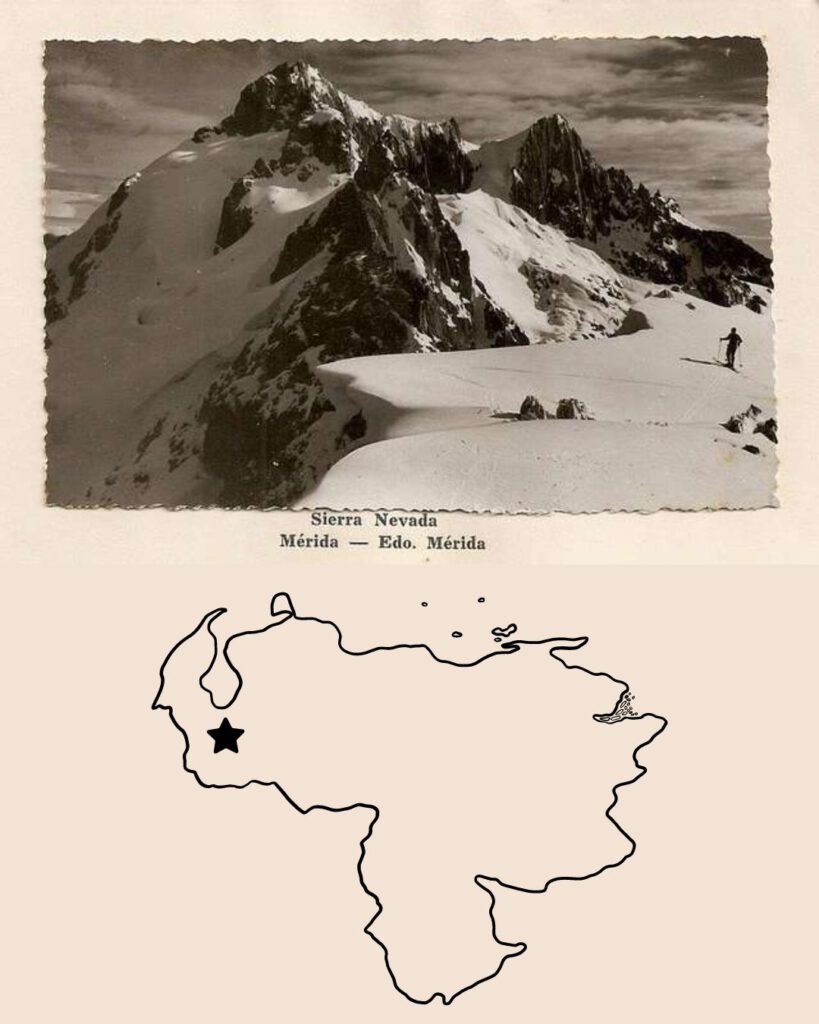
The Disappearance of Glaciers: Global Implications
The disappearance of Venezuela’s glaciers is the beginning of broader environmental changes. Glaciers around the world are retreating at alarming rates due to rising global temperatures. According to a study published in Nature, the world’s glaciers have lost over 9 trillion tons of ice since 1961, contributing significantly to sea-level rise.
From a more direct perspective, the loss of glaciers has far-reaching consequences. Firstly, it disrupts freshwater supplies. Glaciers feed rivers and streams that are essential for drinking water, irrigation, and hydroelectric power. Without glaciers, these water sources become less reliable, particularly during dry seasons.
Secondly, the disappearance of glaciers accelerates global warming. Ice and snow reflect sunlight, helping to cool the Earth’s surface. When glaciers melt, they reveal darker land or water surfaces that absorb more heat, exacerbating the warming process.
Lastly, glacier loss affects local ecosystems and communities. Species that depend on cold environments may face extinction, and indigenous communities that have relied on glaciers for centuries may lose their livelihoods and cultural heritage.
Read more: Venezuela’s Little Germany, Colonia Tovar
Read more: Everything You Need to Know About a Safari in Venezuela
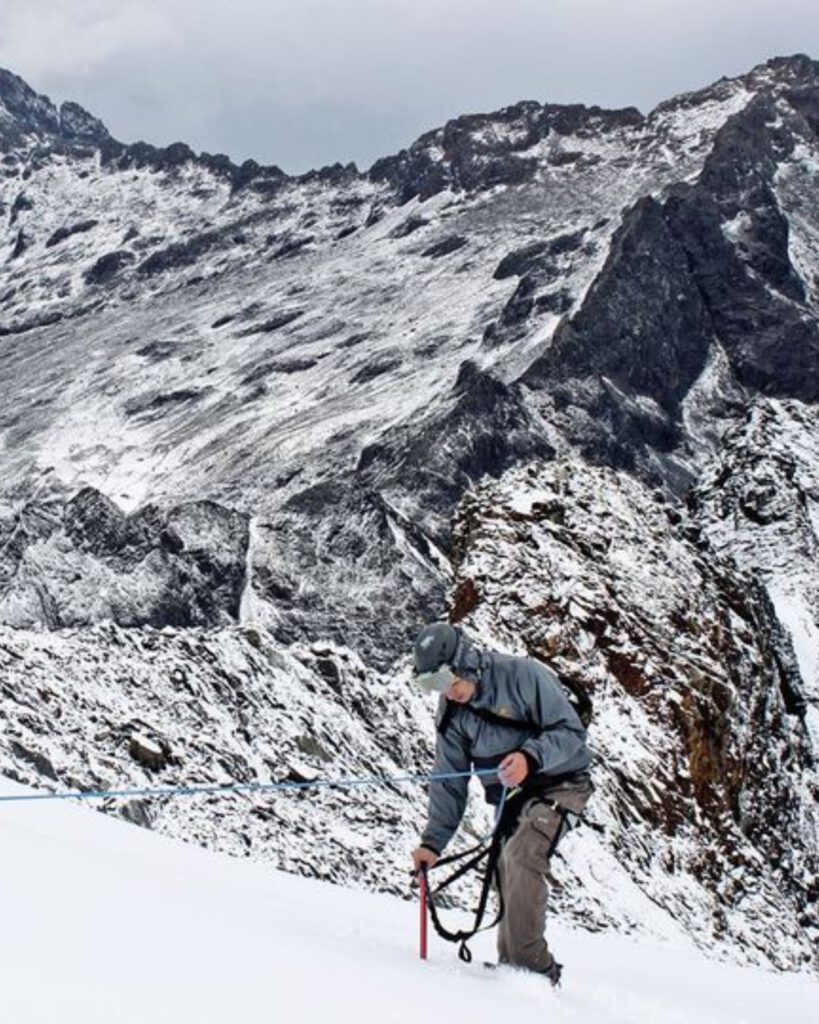
What Does It Mean When a Glacier Disappears?
The complete disappearance of a glacier is a significant ecological event with multiple ramifications. It signifies a permanent alteration of the landscape, where ice once stood for millennia. The absence of glaciers transforms ecosystems, hydrology, and even local weather patterns.
Ecological Impact
Glaciers are crucial for maintaining ecological balance. Their meltwater sustains rivers and lakes, while also provides habitats for numerous species. Without this steady supply, aquatic ecosystems can collapse, leading to the loss of biodiversity. Terrestrial species, particularly those adapted to high-altitude environments, also face increased stress and potential extinction.
Hydrological Impact
Glaciers act as natural buffers against climate variability. During dry periods, glacial meltwater is a critical resource for maintaining river flows and groundwater levels. The disappearance of glaciers leads to reduced water availability, impacting agriculture, drinking water supplies, and hydropower generation. This can exacerbate conflicts over water resources, particularly in regions already experiencing water scarcity.
Social and Cultural Impact
For many indigenous and local communities, glaciers hold cultural and spiritual significance. They are woven into local traditions, folklore, and identity. The loss of glaciers not only affects livelihoods but also erodes cultural heritage. Communities that depend on glacier-fed rivers for irrigation and drinking water must adapt to new, often harsher realities, which can lead to migration and social upheaval.
Read more: How to be connected in Venezuela at all times
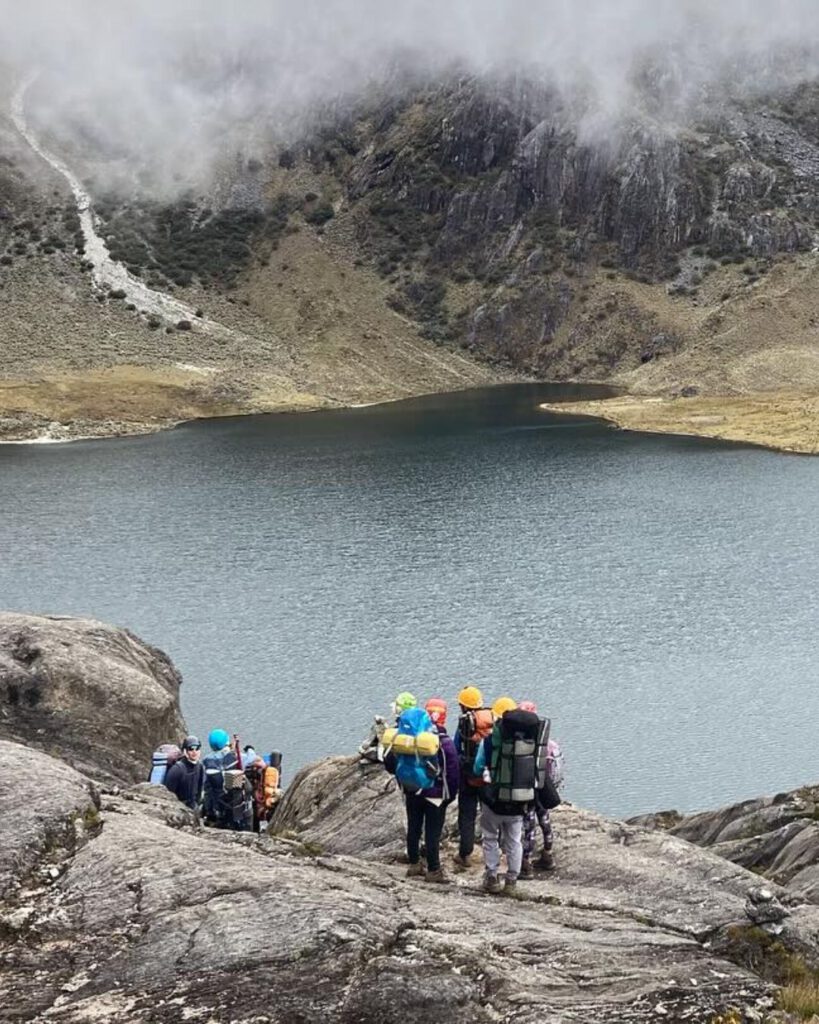
The Role of Climate Change
The primary driver behind the rapid melting of glaciers is climate change. Human activities, particularly the burning of fossil fuels and deforestation, have increased atmospheric concentrations of greenhouse gases, leading to global warming. The Intergovernmental Panel on Climate Change (IPCC) has documented the link between rising temperatures and glacial retreat in numerous reports.
A study published in Science highlights that glaciers worldwide are shrinking at an unprecedented rate due to human-induced climate change. This study underscores the urgent need for global action to mitigate climate impacts and preserve remaining glaciers.
The disappearance of glaciers like those on Pico Bolívar serve as a stark reminder of the urgent need for climate action. Mitigating the impacts of climate change requires a concerted global effort to reduce greenhouse gas emissions, transition to renewable energy sources, and protect natural ecosystems.
The Future of Venezuela’s Glacier
As the glacier on Venezuela’s last glacier, Pico Humboldt, continues to melt, its complete disappearance seems inevitable. However, this loss should not be seen as an isolated event but rather as a symptom of a larger environmental crisis. Efforts to document and understand this glacier’s retreat can provide valuable insights into the broader impacts of climate change.
Read more: How to get around Venezuela
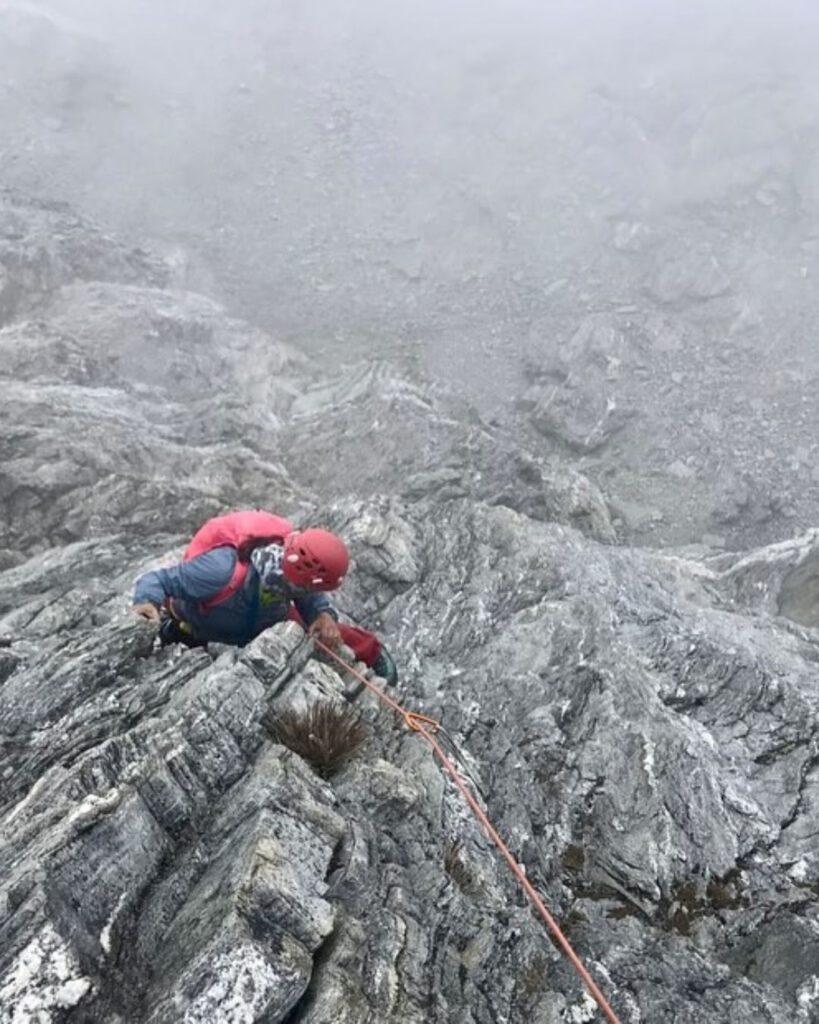
Conservation and Awareness Efforts
Raising awareness about the plight of Venezuela’s glacier is crucial. Conservation organizations, scientists, and local communities must work together to highlight the importance of glaciers and the need for sustainable environmental practices. Documentaries like “The Last Glacier”, educational programs, and media coverage can play a significant role in bringing this issue to the forefront of public consciousness.
The story of Pico Humboldt’s glacier offers important lessons for future generations. It underscores the fragility of our planet’s ecosystems and the profound impact of human activities on the environment. By learning from this loss, we can strive to protect other vulnerable natural wonders and work towards a more sustainable and resilient future.
The Disappearing Ice Caps: A Global Perspective
The vanishing glacier in Sierra Nevada is part of a larger trend of disappearing ice caps around the world. From the Andes to the Himalayas, glaciers are retreating at an alarming rate, reshaping landscapes and ecosystems.
A report by National Geographic highlights that nearly all the world’s glaciers are shrinking. This retreat is a clear indicator of global warming, with glaciers losing mass at an accelerating pace. The implications of this trend are profound, affecting sea levels, freshwater resources, and global climate patterns.
Mount Kilimanjaro’s shrinking ice cap is another poignant example of glacial retreat. As detailed in a New York Times article, the disappearance of Kilimanjaro’s glaciers will have significant consequences for local communities, wildlife, and water supplies. This mirrors the challenges faced by those near Pico Bolívar and underscores the need for comprehensive climate action.
The Himalayas, often referred to as the “Third Pole” due to their vast ice reserves, are also experiencing rapid glacial melt. According to a study from the University of Zurich, glaciers in this region could lose up to a third of their volume by the end of the century if current trends continue. This would have catastrophic impacts on water supplies for millions of people in South Asia.
The imminent disappearance of Pico Bolívar’s glacier is a stark reminder of the devastating impact of climate change. As the first glacier in South America to vanish, it symbolizes the urgent need for global climate action to preserve our planet’s natural wonders and ensure a sustainable future.
Read more: Initiatives for the conservation of tropical forests in Saint Lucia
